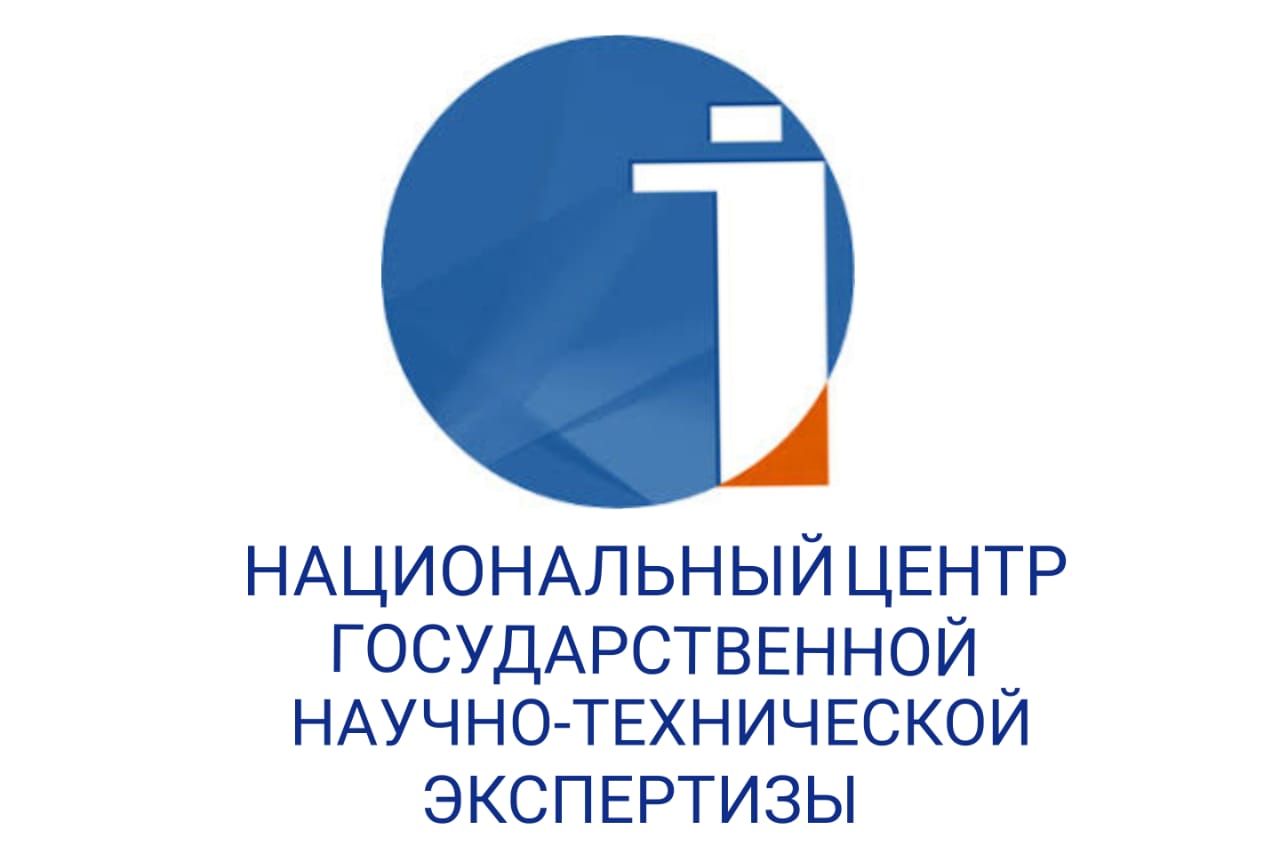PLAYFUL LEARNING AND PRESCHOOL EDUCATION: BIBLIOMETRIC MAPPING OF RESEARCH LITERATURE (2004-2024)
DOI:
https://doi.org/10.48371/PEDS.2025.77.2.032%20%20%20Keywords:
playful learning, game, education, preschool education, learning through play, bibliometric analysis, literary review, scientific mapping, VOSViewerAbstract
In this article, the authors conducted a bibliometric mapping of the research literature (2004-2024) playful learning and preschool education. The purpose of this bibliometric review is to conduct a systematic mapping of research trends in the field of playful learning in preschool education over the past 20 years using metadata extracted from the Web of Science database. The search covered the period from 2004 to 2024 and was conducted over three weeks in December 2024. Initially, the WoS database provided a total of 1,445,555 publications during the search. Next, the search was filtered by the following indicators: Review Article, the period from 2004 to 2024, by categories «Education Educational Research», «Education Scientific Disciplines», according to which the authors received 981 publications, which were eventually saved and used in the analysis in this study. This approach is aimed at collecting metadata from the WoS database for a broader study of the issue of playful learning in preschool education.
Frequency counting was used to identify trends in publication dynamics and cite research in the field of playful learning and preschool education. The ranked publication and citation frequencies of the data were used to identify leading authors, organizations, countries, as well as major journals and publications in the field using VOSViewer software version 1.6.20. Thus, with the help of this program, the following categories were analyzed: trends in publication and citation data; major journals and publications; leading authors, organizations and countries/territories; disciplines underlying research in the field of game learning and preschool education. A detailed report on these categories is presented in the study.








